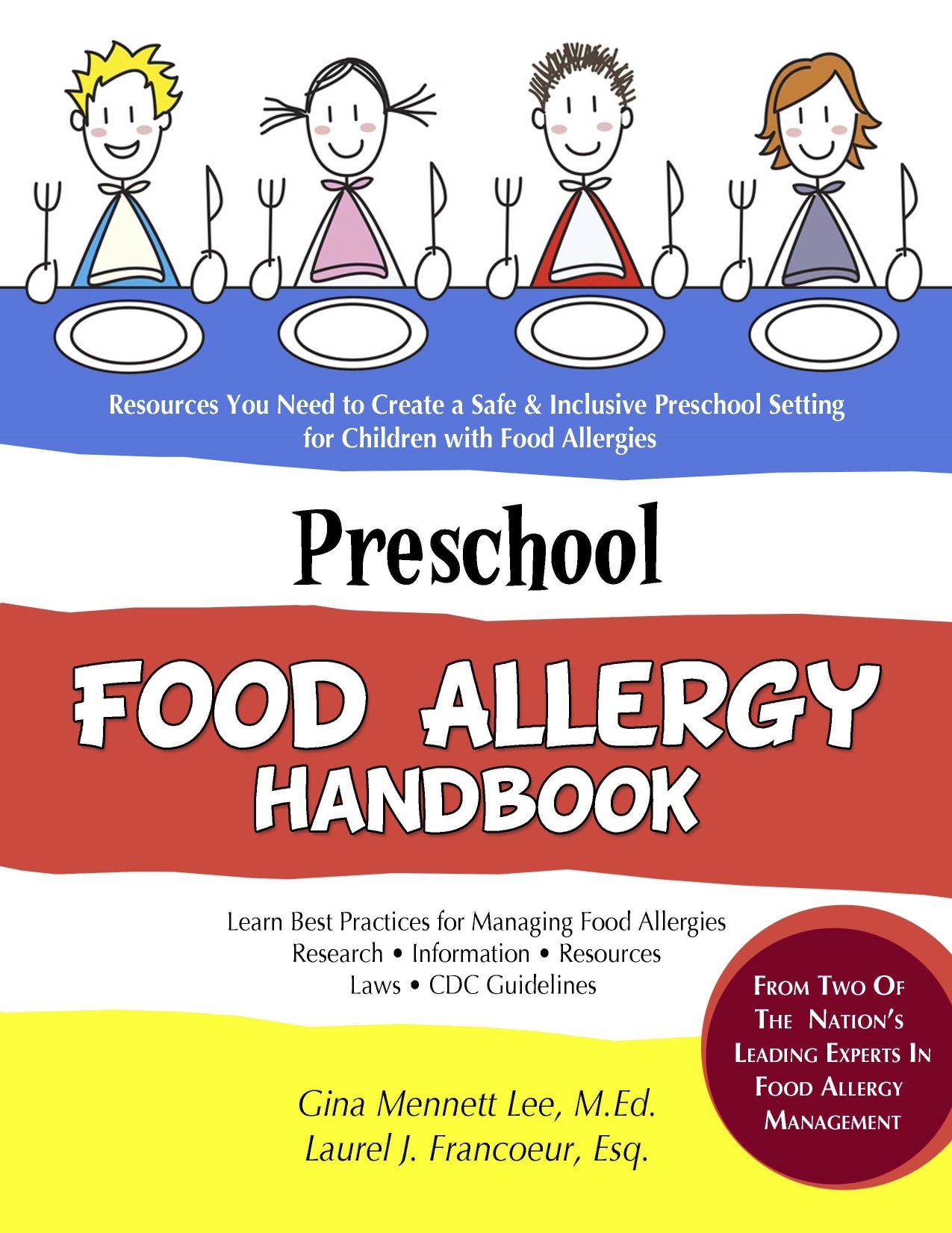This past February I was honored to be a speaker at a training session for support group leaders in London. I learned a great deal about the commonalities as well as the differences in the ways we approach food allergy management. While in the UK, I met some amazing “mums” as well as wonderful professionals working in the field of food allergy. One such professional was Dr. Robert Boyle, a well-known and highly respected pediatric allergist. Of course, I took the opportunity to pick his brain about some of the concerns we see here in the Untied States. One such discussion was the effective use of epinephrine auto-injectors by patients. He let me in on some exciting research he was a part of regarding this very subject. He shared the results with me but I was unable to share them with you until his paper was published. Well, the paper has been published and I think the results could impact the choice of auto-injectors prescribed by doctors as well as the future design of epinephrine auto-injectors.
THE STUDY
In this study, patients were trained to use a specific device (Epipen or Anapen). All patients were able to successfully use the device after initial training.
THEN
They tested the patients’ ability to use the device under simulated anaphylaxis at 6 weeks and at one-year.
NEXT
They switched the devices and did NOT give training with the new device. (This is a real life scenario that we see here in the USA when insurance companies fail to cover a specific device.)
The purpose of the study was to find if device design (rather than just training) impacted the patients ability to correctly use the auto-injectors.
THE RESULTS
“we have shown… that successful adrenaline administration rates using Anapen and EpiPen are low during simulated anaphylaxis, and EpiPen use under stressful conditions carries a significant risk of digital injection.”
“Over 90% of participants were able to successfully administer adrenaline using Auvi-Q without receiving device-specific training…”
Of course, this is but one study and I would love to see additional studies. However, I believe this information is important to share and has an impact on many of the discussions we are having here in the United States regarding use of stock epinephrine in restaurants, schools and other locations. Could Auvi-Q be a better option in these circumstances?
The authors believe this is worth discussing.
“the high rate of successful adrenaline administration which we found when participants used the audio-prompt device Auvi-Q, in a stressful anaphylaxis scenario and without prior device-specific training, suggests that Auvi-Q is an important advance in AAI device design and may even be suitable for bystander use in public areas such as schools”
Also of interest, were the ways in which people incorrectly used the epinephrine auto-injectors. The authors hope this information will help aid in device design.
The most common reasons for failing to use the auto-injector correctly were:
- Failure to remove safety cap
- Using wrong end of device
- Not holding device in place long enough
I encourage you to read this study for yourself.
Does this information change the way you manage food allergies? Please comment below.
A special thank you to Dr. Robert Boyle for sharing this important study.
Related Posts:


